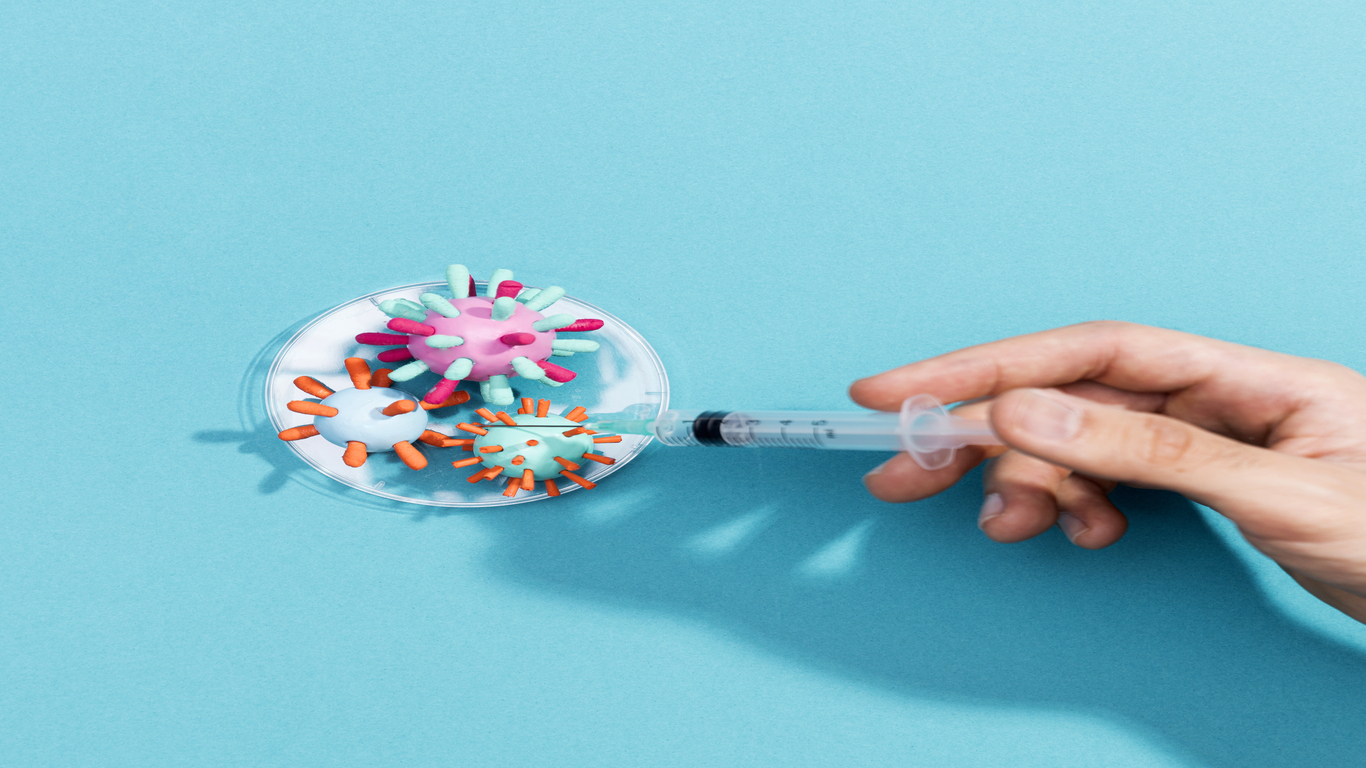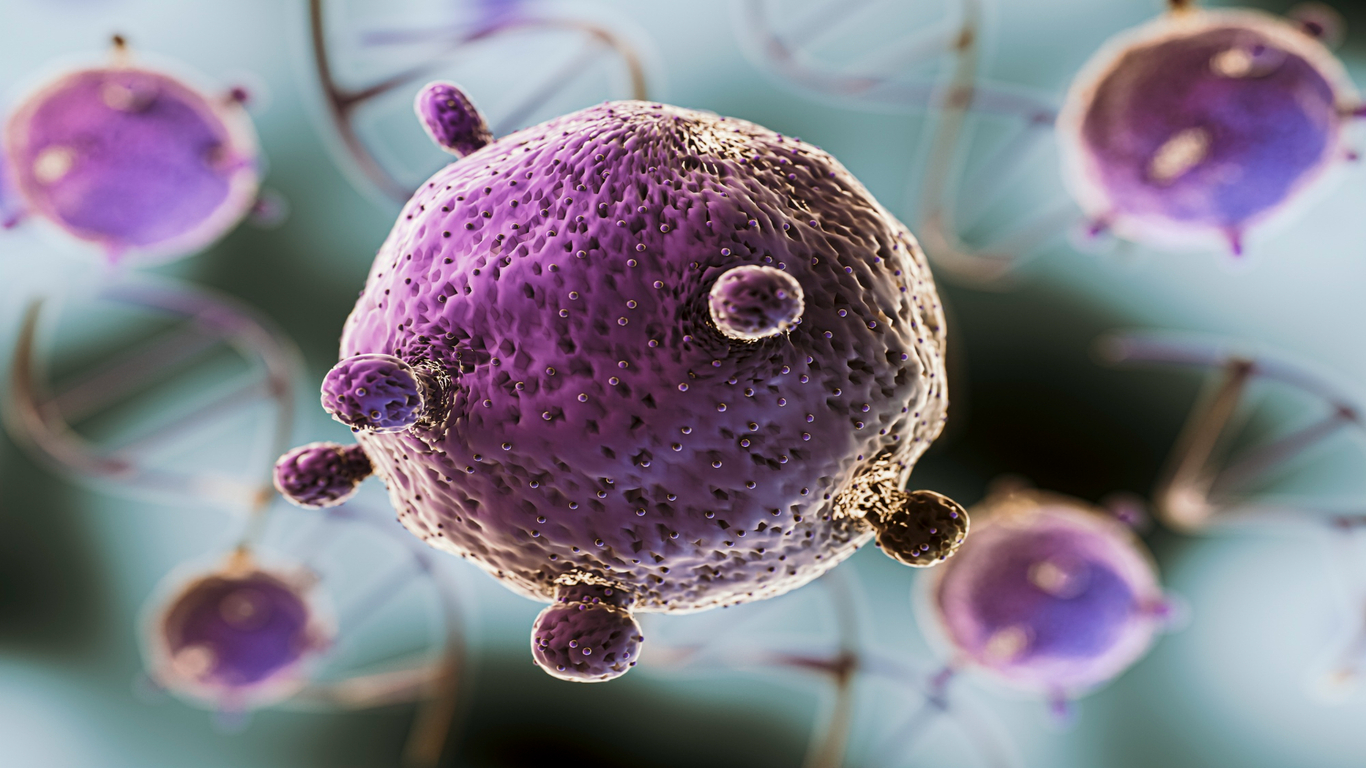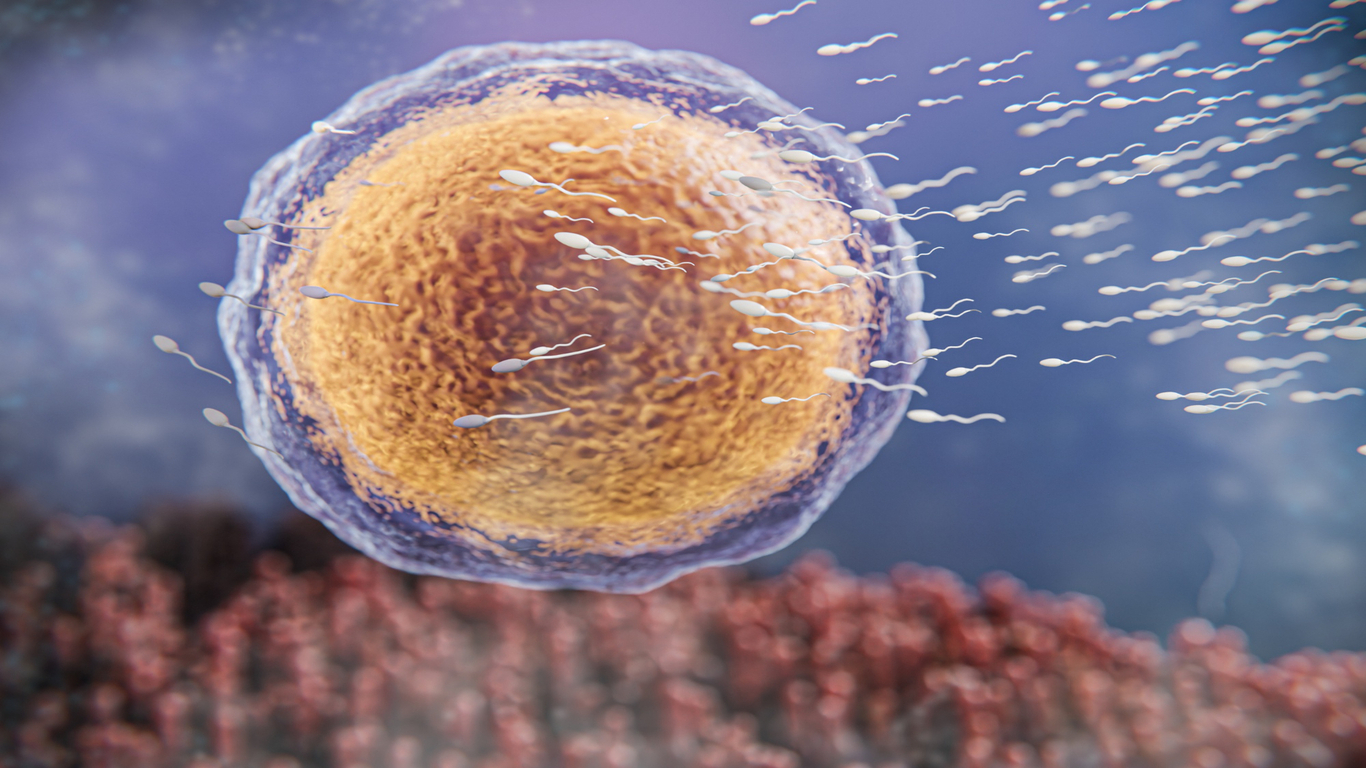Ultimate Guide for HPV Virus and the Ways it Transfer

Human Papillomavirus (HPV) is one of the most prevalent viral infections globally, with over 100 identified strains. Many strains of HPV are benign, but some high-risk types are linked to severe health issues, including various cancers and genital warts. Understanding the transmission routes of HPV is crucial for controlling its spread. Today, Labex will explore how HPV is transmitted between individuals and in the environment, with insights into prevention methods to minimize its impact on public health.
What is HPV?

HPV is a DNA virus that primarily infects the skin and mucous membranes. While most HPV infections are harmless and self-limiting, specific strains can lead to genital warts or cancers, particularly cervical cancer, among others. The Centers for Disease Control and Prevention (CDC) estimates that nearly all sexually active individuals will encounter HPV at some point, underscoring the need for awareness and preventative strategies.
How Does HPV Spread?
HPV spreads mainly through direct contact, but there are various ways that transmission can occur. It can be passed from person to person or indirectly through contaminated objects and surfaces, known as fomites. Understanding each transmission route, from intimate contact to potential environmental sources, is essential for anyone seeking to reduce their exposure risk.
Person-to-Person Transmission of HPV
Sexual Transmission: HPV is predominantly spread through sexual contact, including vaginal, anal, and oral sex. This mode of transmission is responsible for most HPV infections and is particularly common among individuals with multiple sexual partners or inconsistent use of protective barriers like condoms.
Non-Sexual Contact: Although rare, HPV can spread through non-sexual physical contact, especially via contact with skin lesions or warts caused by the virus. Handshakes or touching the infected areas can sometimes contribute to transmission, though the risk is relatively low compared to sexual transmission.
Understanding HPV in the Environment

HPV’s ability to survive outside the human body complicates efforts to fully control its spread. Certain strains of HPV can remain viable on surfaces for extended periods, raising the potential for indirect transmission. Knowing how HPV interacts with its environment helps in creating safer practices and reducing exposure risks.
Sexual Transmission: The Primary Mode
The majority of HPV infections result from intimate sexual contact. During sexual activity, HPV can transfer through microabrasions in the skin or mucous membranes, allowing the virus to enter the body. Engaging in unprotected sex, having multiple sexual partners, or beginning sexual activity at an early age increases the risk of HPV infection due to increased exposure opportunities.
Non-Sexual Physical Contact
HPV is often thought of as a sexually transmitted infection, but certain types, especially those causing common warts, can spread through other types of skin-to-skin contact. Touching warts or infected areas can potentially spread the virus to uninfected skin. Using personal items like razors, towels, or nail clippers that have been in contact with HPV-infected skin may also facilitate transmission.
The Role of Fomites in HPV Spread
Fomites, or objects and surfaces that can carry infectious agents, are potential sources of HPV transmission. Research has shown that HPV can persist on items like towels, bedsheets, and clothing under certain conditions. Shared surfaces, especially in communal settings like gyms, spas, and pools, can harbor the virus if contaminated by infected individuals.
HPV in Healthcare Settings
Healthcare settings present specific risks for HPV transmission, particularly for staff who handle infected tissues or engage in procedures that generate aerosols containing viral particles. HPV’s resistance to many standard disinfectants poses challenges, especially in clinics that perform procedures on genital or oral areas. Healthcare workers are advised to use protective barriers and follow strict sanitation protocols to reduce the risk of occupational exposure.
Transmission from Mother to Child
Vertical transmission, or transmission from mother to child, can occur during childbirth if the mother has an active HPV infection in the genital area. This may lead to respiratory papillomatosis in infants, a rare but serious condition where warts grow in the airways. Prenatal care and screening can help identify and manage this risk, with some cases requiring medical intervention to reduce transmission during delivery.
Environmental Conditions Affecting HPV Survival
HPV is relatively resilient outside the body, especially on moist surfaces and in environments where it’s shielded from UV light. HPV can survive on surfaces such as medical tools, towels, and other materials, especially when adequate sanitation measures aren’t followed. For instance, surfaces in communal showers, gym equipment, and other high-contact areas are potential reservoirs for the virus.
Reducing HPV Transmission Risks
Preventing HPV transmission requires a multifaceted approach that includes education, hygiene practices, and vaccinations. Safe sexual practices, consistent use of condoms, and reducing the number of sexual partners are effective strategies for minimizing HPV exposure. Vaccination programs targeting HPV have shown significant success in reducing the prevalence of HPV-related diseases.
Hygiene Practices to Prevent HPV Spread

Good hygiene plays a key role in controlling HPV’s spread. Hand washing after using shared facilities, disinfecting gym equipment, and avoiding sharing personal items are simple but effective practices. In healthcare settings, the use of appropriate disinfectants and sterilization protocols are crucial to preventing HPV transmission on medical instruments and surfaces.
Importance of HPV Vaccination
HPV vaccines have been developed to protect against the most common high-risk HPV strains. Vaccination programs, particularly those targeting adolescents before the onset of sexual activity, have been highly effective in reducing HPV transmission rates and associated health complications. The vaccines not only provide immunity to recipients but also contribute to herd immunity, which reduces the virus’s prevalence in the general population.
Conclusion: Awareness and Prevention of HPV Transmission
HPV is a highly prevalent virus with diverse transmission routes, from direct human contact to indirect environmental exposure. Understanding these pathways and adopting preventive measures can help reduce the virus’s spread. Whether through improved hygiene, responsible personal practices, or vaccination, proactive steps can significantly reduce the burden of HPV-related diseases on individuals and healthcare systems alike.
Frequently Asked Questions (FAQs)
Q1: Can HPV be transmitted without sexual contact?
Yes, HPV can spread through non-sexual routes, such as skin-to-skin contact with infected areas or through contaminated surfaces and objects.
Q2: How long can HPV survive on surfaces?
Under certain conditions, HPV can survive for days on moist surfaces, making it possible to transmit indirectly.
Q3: Are healthcare workers at risk for HPV exposure?
Yes, healthcare workers can be at risk, especially those handling infected tissues or performing procedures that generate viral particles.
Q4: Is HPV transmissible from mother to child?
Yes, HPV can be transmitted during childbirth, potentially leading to respiratory issues in infants if left untreated.
Q5: What is the most effective way to prevent HPV transmission?
Vaccination, along with safe sexual practices and good hygiene, is one of the most effective ways to prevent HPV transmission.
